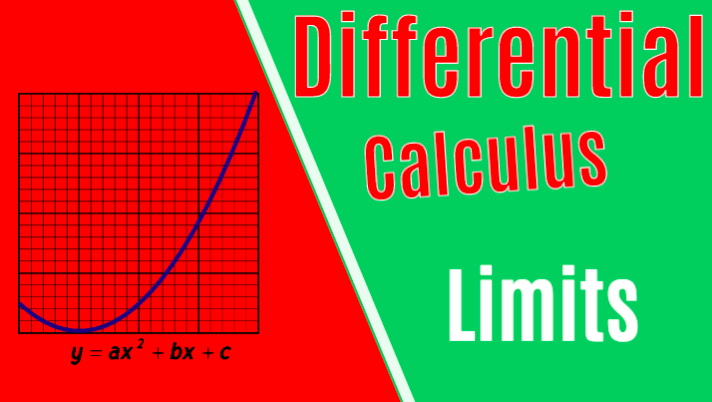Today’s topic will be on limits. A limit is just a y-value that a function approaches as we approach a certain value of x. We will discuss the definition of a limit and three basic methods of solving them. The methods discussed in this video are:
https://www.merlinsilk.com/neologism/ 1. Plug-In Method
Directly plug x=a in to the function f(x).
http://economiacircularverde.com/que-es-la-economia-circular/ 2. Graphical Estimation
If Plug-In Method gives you an indeterminate answer such as these seven forms shown below (note that plain infinity is NOT indeterminate, which I accidentally stated in the video), then you will need to try another method. The second method we try is https://www.circologhislandi.net/en/conferenze/ Graphical Estimation – look at the graph of the function and estimate the y-value at that specified x-value.

If you don’t have the graph or don’t want to sketch it, try making a Table of Values at the x-value you are finding the limit at. Pick x-values approaching your desired x-value from the left and the right, and make two tables. Plug these x-values in to your function f(x) to obtain the y-value, and fill out the chart. Both tables should give you a y-value approaching the same number – this is the limit.
Note: In using a table of values, we found one sided limits – the limits to the left and right of our x-value. Normally, if it does not specify, we are always finding a two sided limit. If both one sided limits don’t match up, then the two sided limit does not exist! More about this can be found in my blog post Function Limits and Limit Rules.
If limit notation is still confusing, check out this explanation below:

Try these questions below for more practice! Try the plug-in method first, then if it doesn’t work try graphical estimation and table of values (do it both ways to make sure you get it right!)



